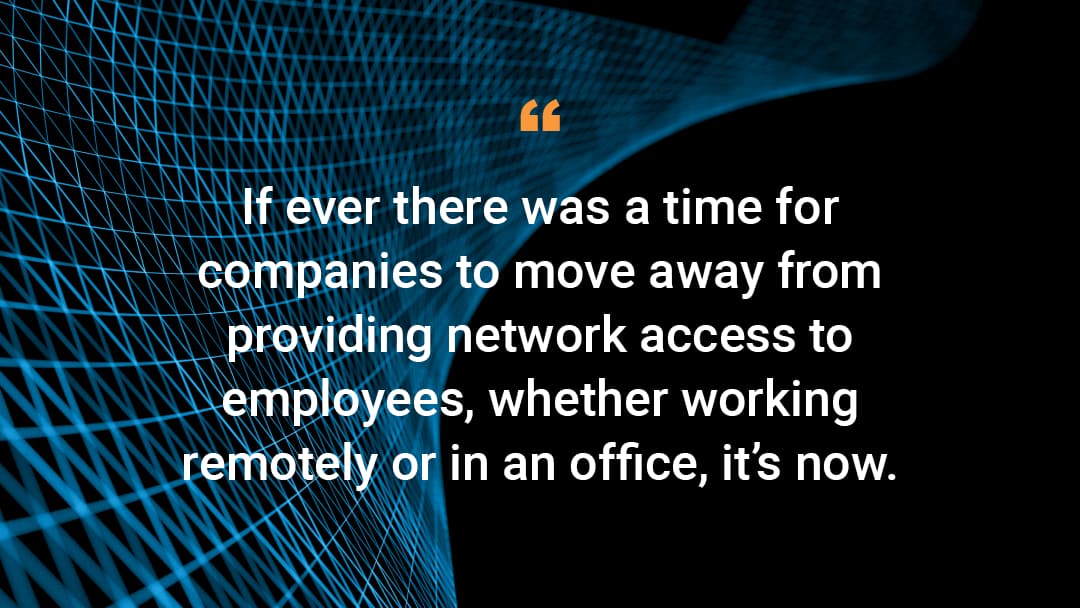Zero Trust: The Protection Model for the Post-Pandemic World

One year and a half following the start of the COVID-19 pandemic, we're seeing most companies either maintaining their remote work policies or slowly moving to a hybrid model. In fact, an estimated 36.2 million Americans will be working remotely by 2025, which is nearly double pre-pandemic levels.
Alongside this shift, 2020 came and went with a sharp increase in cyberattacks, due in part to a near-exclusive reliance on the internet for work, school, entertainment, shopping, connection, and much more. This seemingly overnight switch to remote life meant employees increasingly were using work equipment for their personal use, while companies increasingly were providing network access so employees could do their jobs from home.
With the melding of personal and work-related internet use, the risk of a security compromise of company information or systems became significantly higher. However, companies providing network access because of the accessibility benefits don't always know who's using which applications. And even with training, employees don't always recognize suspicious activity from sophisticated cybercriminals. Combining all of this paints a precarious risk picture for companies.
If ever there was a time for companies to move away from providing network access to employees, whether working remotely or in an office, it's now. The trade-offs between security and ease of accessibility to applications for employees no longer exist in a Zero Trust security model, making it the right approach for almost any kind of business.
In the following series of blog posts, I will explore Zero Trust in more depth. I will show that Zero Trust is really quite simple and can be viewed as a very strong form of the age-old principle of least privilege. I will contrast the Zero Trust application access model with the traditional network access model. I will show that Zero Trust solutions are best delivered as a service running at the edge of the internet. I will show how Zero Trust can lead to a simplified, cheaper, and more secure network architecture by treating all access as remote access. And I will show that Zero Trust, counter to what the name might imply, is actually an employee-friendly security solution that can be embraced by IT professionals and all other employees alike.
With all of these benefits and the maturity of products now on the market, there is no reason not to be implementing a Zero Trust solution to secure your enterprise going forward into the post-pandemic future.




